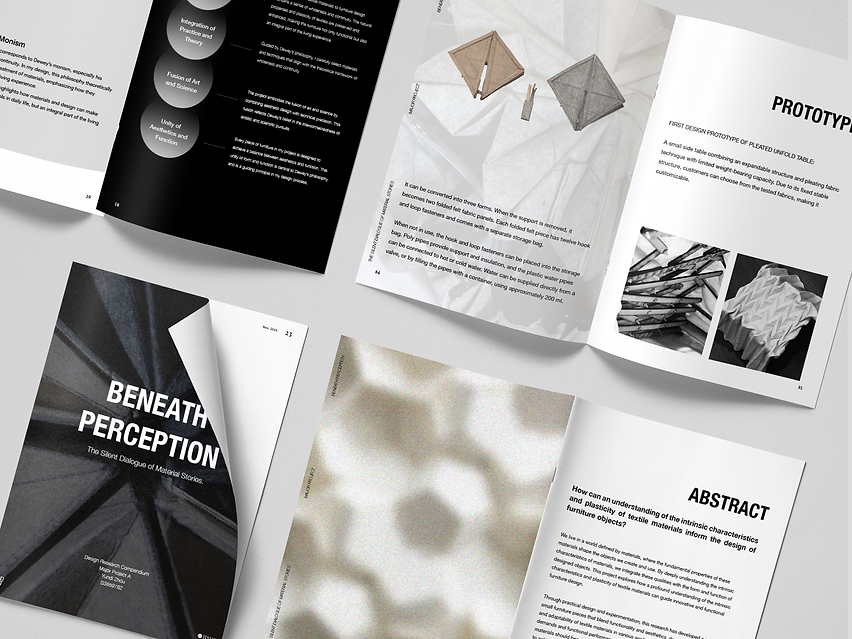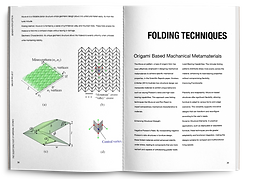
01
Beneath Perception
The Silent Dialogue of Material Stories.
How can an understanding of the intrinsic characteristics and plasticity of textile materials inform the design of furniture objects?


We live in a world defined by materials, where the fundamental properties of these materials shape the objects we create and use. By deeply understanding the intrinsic characteristics of materials, we integrate these qualities with the form and function of designed objects. This project explores how a profound understanding of the intrinsic characteristics and plasticity of textile materials can guide innovative and functional furniture design.
Through practical design and experimentation, this research has developed a series of small furniture pieces that blend functionality and aesthetics, demonstrating the versatility and adaptability of textile materials in various applications. By emphasizing the intrinsic demands and functional performance of materials, this project examines not only what materials should become in design but more importantly, how to harness their properties to achieve intended functionalities.
The study of mechanical metamaterials plays a crucial role in the adopted geometric and structural shaping techniques, enabling multifunctional furniture to meet diverse needs while maintaining structural integrity. Guided by John Dewey’s philosophy of wholeness and continuity, this project re-examines textile materials from a new perspective, envisioning their greater potential in furniture design. By deeply understanding material properties, this project aims to showcase how these intrinsic characteristics inform structural and mechanical design decisions, resulting in innovative and functional furniture designs.
Abstract

Major Project
Introduction



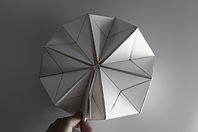

From my childhood sewing clothes for dolls, I developed a profound interest in textile materials. This journey, from modular clothing design to the combination of fabrics and rigid materials, revealed the unique potential of textiles in furniture design. This exploration guided my in-depth study of the natural properties and intrinsic plasticity of textile materials.
Guided by John Dewey’s Monism of wholeness and continuity, this project focuses on how the plasticity of textiles can enhance the functionality and aesthetic value of furniture. These characteristics naturally manifest in users’ daily lives, becoming harmonious elements within the living environment that integrate aesthetics and function.
Specifically, I focus on several core issues: structural innovation, customizability, sustainability, and the use of mixed materials. By deeply understanding the intrinsic characteristics of textile materials, such as tension and resilience, I aim to design a series of furniture pieces that not only possess unique aesthetic value but also structurally leverage the natural advantages of textiles. For example, through folding and fabric manipulation techniques based Mechanical Metamaterials, people can customize different patterns, the goal is to create furniture that can adjust its shape and function to suit different usage scenarios.
Through extensive material experimentation and technical testing, the project explores the physical properties and mechanical behaviors of textiles within the framework of Miura origami patterns. These investigations have led to the development of furniture designs that incorporate multiple folding methods, ensuring ease of assembly and mobility. The use of wool felt, chosen for its thermal insulation and soundproofing properties, is supported by an innovative system of square poly water pipes connected to an internal plastic piping network, which adjusts temperature based on environmental conditions.
This research underscores the significance of understanding the intrinsic characteristics and plasticity of textile materials in informing structural and mechanical design decisions. By employing principles of mechanical metamaterials, the project aims to showcase how customized patterns and adaptable designs can meet diverse functional needs, creating furniture that responds dynamically to varying usage contexts.
PHILOSOPHY FOUNDATION:
JOHN DEWEY'S MONISM
This exploration directly corresponds to Dewey’s monism, especially his ideas on wholeness and continuity. In my design, this philosophy theoretically guides the selection and treatment of materials, emphasizing how they contribute to an integrated living experience.
Particularly, this philosophy highlights how materials and design can make furniture not just functional tools in daily life, but an integral part of the living experience.

01 Childhood
My personal journey of exploration began in childhood when I would cut fabric and sew clothes for my dolls, sparking my deep interest in textile materials.

02 Crafting Open Design For Industry4.0:
Designing transformable modular clothing that could also function as a backpack using sustainable fabrics.

03 Material World

Dissorted vessl made by fabric and rigid material.
“It’s a thing that started the whole process. These early explorations provided me with a deep understanding of the diverse properties of textile materials. Although these initial studies did not continue, they offered key inspiration and became central to my design philosophy. These experiences initiated my journey into the intrinsic properties and plasticity of materials.
Currently, my project, I focus on transforming textile techniques into practical and aesthetically pleasing furniture designs. These innovative small furniture pieces not only demonstrate the fusion of functionality and aesthetics but also represent the tangible outcome of my transition from textile fashion design to furniture design.
Although the initial exploration phase primarily focused on the relationship between textiles and furniture, as the project progressed, the emphasis gradually shifted towards the intrinsic properties of materials and their applications through folding and sewing techniques. This shift enabled breakthroughs in both functionality and aesthetics in furniture design. These explorations not only provided me with rich inspiration but also laid the foundation for my current design work.”
Intrinsic Characteristics And Plasticity

Wool Felt
Acrylic Felt
Dupioni Silk
Wadding
01
Intrinsic Characteristics
These refer to the inherent characteristics of a material that do not depend on external forces.
02
Intrinsic Plasticity
This refers to the deformation or adaptability of a material when subjected to external forces or treatments (such as heating or folding).
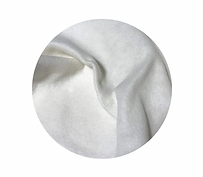
Wool Felt
Intrinsic Characteristics:
1. Thermal Insulation: Naturally insulates, effectively retaining or blocking heat.
2. Acoustic Performance: Good at sound absorption.
3.Tension:Felt has moderate tensile strength, capable of withstanding some stretching but primarily designed to perform better under compression. Excessive tension can lead to fiber separation, limiting its suitability for high-tensile applications.
4. Resilience: Felt exhibits good resilience, allowing it to return to its original shape after compression or deformation. This elasticity makes it effective for cushioning and shock absorption.
5.Durability: Felt is highly durable, resisting wear and tear effectively. It remains robust under significant use, making it suitable for long-term applications even in demanding conditions.
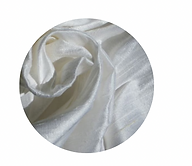
Dupioni Silk
Intrinsic Characteristics:
1. High Luster: Naturally glossy surface makes it visually appealing.
2. Strength and Flexibility: High strength and good flexibility of natural fibers.
3.Tactile Feel: Smooth and soft texture.
4.Tension:Moderate tensile strength; can withstand some stretching but may tear under high tension.
5. Resilience:Limited elasticity; retains crisp texture but does not recover well from deformation.
6.Durability: Moderately durable with good relative strength but sensitive to abrasion and wear.
Intrinsic Plasticity:
Thermoplasticity: Can become soft and moldable when heated, and retain new shapes upon cooling.
Foldability: Can form and maintain folds under external forces (such as folding).
Intrinsic Plasticity
Thermoplasticity: Can become soft and moldable when heated, and retain new shapes upon cooling.
Foldability: Can form and maintain folds under external forces (such as folding).


Intrinsic Plasticity:
1.Thermoplasticity: Can be shaped when heated and maintain new shapes upon cooling.
2. Form Retention: Capable of forming and maintaining three-dimensional patterns through folding.

Wadding
Intrinsic Characteristics:
1. Softness and Lightness: Generally very soft, providing a certain degree of fluffiness.
2. Thermal Insulation: Provides some degree of warmth.
3.Tension:Low tensile strength; not suitable for applications requiring resistance to stretching.
4. Resilience: ILow resilience; compresses easily and does not regain its shape after deformation.
5.Durability: Not highly durable; prone to wear and loss of effectiveness with extended use.
Intrinsic Plasticity:
1. Fiber Locking: Fibers become more compact when heated, enhancing rigidity and structural stability.
2. Shape Retention: After processing, it can be locked into new shapes, reducing elasticity and increasing structural hardness.



Techniques

Folding Techniques
Origami Based Machanical Metamaterials
The Miura-ori pattern, a type of origami fold, has been effectively employed in designing mechanical metamaterials to achieve specific mechanical properties. In the Scientific Reports paper, Nicolaou & Motter (2014) illustrate how structural design can manipulate materials to exhibit unique behaviors such as varying Poisson’s ratios and high load-bearing capabilities. This approach uses folding techniques like Miura-ori and Ron Resch to impart extraordinary mechanical characteristics to materials

Miura-ori is a foldable planar structure whose geometric design allows it to unfold and flatten easily. Its main features include:
Folding Method: Miura-ori is formed by a series of symmetrical valley and mountain folds. These folds enable the material to fold into a compact shape without tearing or damage.
Geometric Characteristics: Its unique geometric structure allows the material to extend uniformly when unfolded while maintaining stability.
01. Enhancing Structural Strength:
Negative Poisson’s Ratio: By incorporating negative Poisson’s ratio structures in furniture design, these folded materials exhibit enhanced stability under stress, leading to components that are more resilient and capable of withstanding greater loads.
Load-Bearing Capabilities: The intricate folding patterns distribute stress more evenly across the material, enhancing its load-bearing properties without compromising flexibility.
Improving Functionality:
02 Flexibility and Adaptability: Miura-ori-based structures offer significant flexibility, allowing furniture to adapt to various forms and usage scenarios. This versatility supports innovative designs that can transform and reconfigure according to the user’s needs.
Dynamic Structural Elements: In practical applications, such as deployable or adjustable furniture, these techniques provide greater adaptability and functional integration, making the designs suitable for compact and multifunctional living spaces.


Techniques

Fabric Pleating Techniques
Pleating enhances the versatility of textiles by adding three-dimensional qualities and flexibility to otherwise flat fabrics. This makes it a powerful tool in both traditional and modern design contexts, allowing designers to explore new forms and functionalities.
1.Heat-Setting:
Using heat to set pleats in synthetic or treated fabrics, making them permanent.
2.Pressing:
Using an iron or pressing tool to create sharp, temporary pleats.
MATERIALS
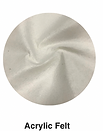
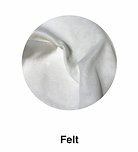
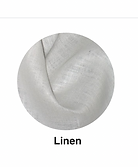



Testing Materials
I bought PETG sheets and went to the RMIT Textile School. However, the staff said there was no heat press available for experimenting with fabric and plastic sheets.
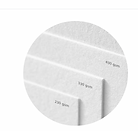


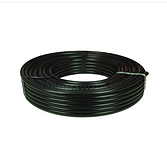
Cardstock Paper
Poly Pipe
9MM Acoustic Pinboard
Structure Materials
Prototype Materials
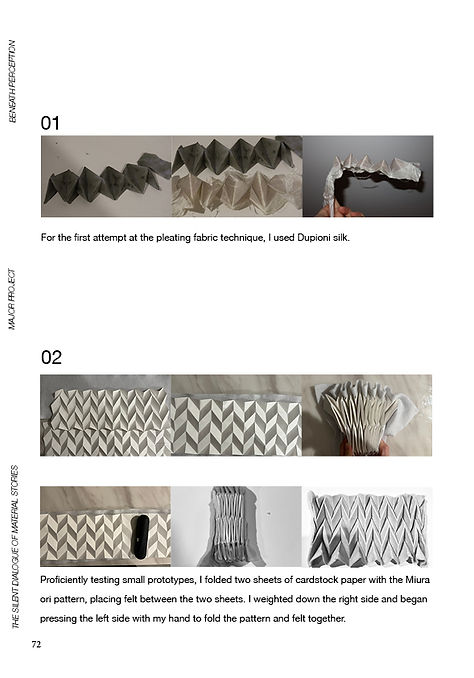

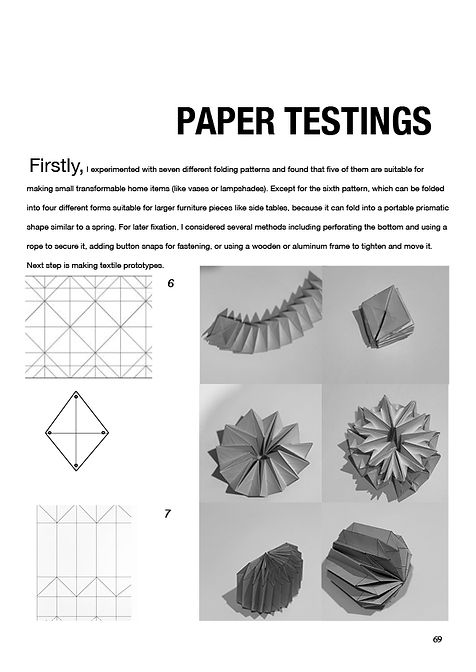










Design Outcomes
Using poly pipes to transfer hot or cold water to leverage the thermal insulation properties of wool felt:
Wool felt has excellent thermal insulation properties, which means it can effectively retain heat. This characteristic allows wool felt to remain warm when in contact with hot water pipes, and conversely, to maintain a cooler temperature when in contact with cold water pipes, thus providing additional temperature control for the table.
1.Method:
Draw the origami pattern ( Based on Miura Ori) onto the 3mm wool felt, then fold along the lines and set the shape by ironing. Put weight on it up to 1 day.
2.Customizable with different colors of wool felt:
Use hook and loop fasteners to make attachments removable.
Secure the water pipe structure.
Hand-stitch the edges and the hook and loop fasteners for added stability.
Due to its fixed stable structure, customers can choose from the tested fabrics, making it customizable.



01Three Convertible Forms: When disassembled, it turns into two folded felt fabric panels with twelve hook-and-loop fasteners, stored in a separate bag. Customizable Materials: While initially made from wool felt, it can be tailored with Dupioni silk, wadding, or acrylic felt, and in various colors.

02 Acoustic Pinboard Tabletop: Constructed from Acoustic Pinboard, it features a radius of 410mm, a thickness of 9mm, and supports up to 10kg. Pleated Unfold Table: Employing Miura Ori origami on 3mm wool felt, with customizable colors and removable attachments via hook-and-loop fasteners, enhancing stability through hand-stitched edges.

03 Convertible Forms: It can transform into three forms—when not in use, it becomes two folded felt panels, stored compactly. Thermal Insulation: Using poly pipes filled with hot or cold water, the table leverages wool felt’s thermal insulation, providing added temperature control.
PROTOTYPES



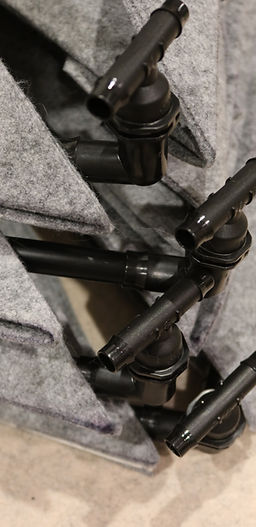



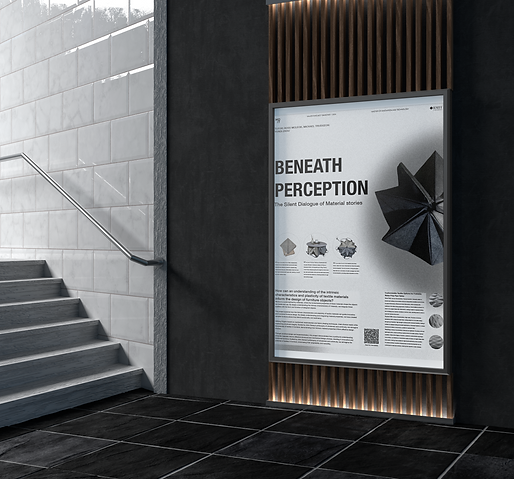

Booklet
